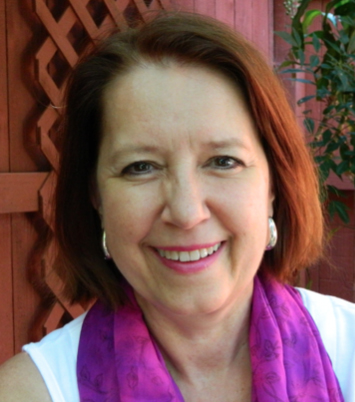The Concept Behind Homeopathy
The concept behind homeopathy is ancient. Aristotle observed that "like cures like." In other words, a substance that causes a toxic set of symptoms in a healthy person will activate the immune system into healing the same presentation of symptoms in a sick person.
Dr. Hahnemann was horrified by the injuries and deaths caused by the excessive use of heavy metal poisons liberally proscribed by 18th Century doctors. In searching for alternatives to status quo medical practices, Dr. Hahnemann observed truth in Aristotle's maxim. Thus began his research into the use of micro doses of toxic substances in healing sick patients that present symptoms similar to the presentation of symptoms recorded by healthy people who ingest the same toxic substance. Initially, Dr. Hahnemann used his own body as his research vehicle. He would ingest a substance and then take careful notes on the symptoms he observed. He also discovered that he could dilute the substances to a point where the substance itself was no longer present in the dilution, but the effect on resolving symptoms in the sick person remained. This process is now as "potentization." In essence, this process captures the vibrational essence of the toxic substance in a carrier agent such as alcohol or water, but the substance itself is not present in the carrier agent.
Dr. Hahnemann found that the results of this approach to healing sickness could be nothing short of astonishing, and thus was born the practice of homeopathy. Homeopathy took off like wildfire and homeopathic colleges and hospitals sprung up around the world. In fact, homeopathic hospitals were the place to go during influenza outbreaks as their mortality rates were significantly lower than those in the allopathic, drug-prescribing hospitals.
Allopathy Vs. Homeopathy
Behind the scenes, there has been a raging conflict instigated over 100 years ago by the powers invested in the practice of allopathic medicine. Allopathic medicine focuses on the use of pharmaceutical drugs to suppress symptoms of disease that can be toxic to the human body. These allopaths took offense to the practice of homeopathy and sought to block its progress. When the AMA was incorporated in the mid-1800's, their members were forbidden to use homeopathy.
Over the decades, as the powers of the AMA increased, they became increasingly successful in their ability to instigate disinformation campaigns and to buy influence in legislatures. The consequence of the AMA's power was devastating to homeopathy and the homeopathic colleges and hospitals in the United States were forced into closure.
Despite the pressure from allopathic medicine, the manufacture of homeopathic remedies continued and, despite ongoing disparagement from the allopathic medical community, to date, around 6 million people in the US use homeopathic remedies for resolving various ailments.
In the early 21st Century, the use of homeopathy is again on the upswing. In this country, mothers are the driving force behind this upward trend. Because they are noticing that the liberal use of antibiotics and other toxic pharmaceutical drugs is damaging their children's health, mothers are looking to the study of homeopathy as a means to avoid the use of antibiotics and other toxic drugs in addressing childhood diseases. They are finding great success with the remedies and are using social media to network with likeminded mothers. Adults who are also experiencing toxic side effects from pharmaceutical drugs are also seeking alternatives. Many of them are also finding their way to homeopathy.
The consequence of this trend is unnerving to the big pharmaceutical companies and with the power they have bought in various governments around the world, they are looking for a way to shut down the use of homeopathy for good.
The Initiating Event
A few years ago, the FDA tested a homeopathic teething formula for toxicity and found 0.00038 mg of scopolamine, a derivative of belladonna. The manufacturer immediately recalled the product and reformulated it. Interestingly enough, however, the FDA has approved scopolamine 0.4 mg for motion sickness. This amount is 1,025 times higher than the amount found in the teething tablets. A parent would have been required to give seven entire bottles of teething formula within a few minutes to reach the level of scopolamine that the FDA considers to be a safe and effective therapeutic dose. The level required for a toxic dose would be significantly higher.
The FDA, however, has taken this manufacturer's error as an opportunity to pounce. Despite the fact that homeopathic remedies have a 200 year history of safety without a single documented injury or death and despite the fact that they are recognized by the Food, Drug and Cosmetic Act and by the FDA's current guidelines as inherently safe, the FDA is now seeking to individually reclassify them as dangerous drugs that are to be subjected to standards of testing equal to the dangerous and toxic drugs containing pharmacologically active agents that can and do harm human organs and tissues.
The Problem for Homeopathic Manufacturers
The Homeopathic Pharmacopeia contains hundreds of remedies. In addition, because these remedies are made from natural substances, they are not patentable. For manufacturers, the financial burden of subjecting each homeopathic remedy to the same testing standards as new pharmaceutical drugs with pharmacologically active agents would be unbearable and the manufacturers would be forced to cease operations. This would be a terrible loss not only for those of us who rely on homeopathy now, but for future generations as well.
(Note: You can view every article as one long page if you sign up as an Advocate Member, or higher).




